This heavily blooming, half-hardy shrub was named after a 16th-century Ambassador Jean Nicot, the first man who brought tobacco to the French court. Nowadays, we can find 67 species of Nicotiana coming from North America, Australia, and South Africa.
The main characteristic of these plants is trumpet-shaped, fragrant blooms opening during the night. However, you can purchase hybrid species as well. They are a perfect choice for those who don’t care about the scent but prefer having open flowers in their garden throughout a day.
The Most Popular Nicotiana Varieties
There are a lot of, more or less popular, variations of Nicotiana. You can pick out a native plant or hybrid depending on your preferences. I will list my favorite types here. No matter what type you select for your garden, you won’t go wrong. All of them are awesome.
Nicotiana alata
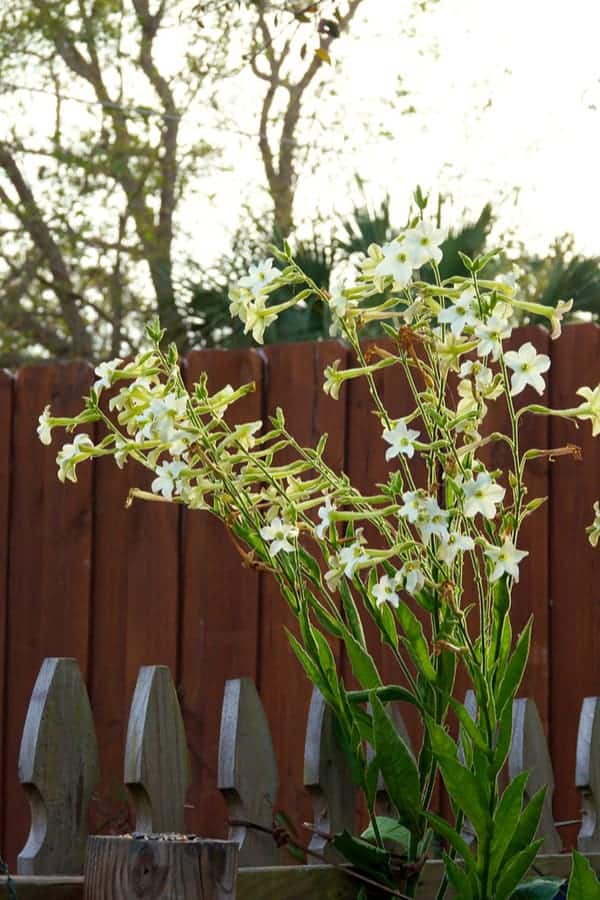
This half-hardy perennial, 3 to 8 feet (0.9 – 2.4 m) tall tobacco plant with oblong-shaped leaves is well-known for its fantastic sweet scent.
Plant this beautiful flower in your garden and enjoy its usually white, tubular flowers organized in 3 inches (7.6 cm) long clusters from June to September.
It can beautify borders of your yard or become a unique decoration planted in a container.
Popular types of the Nicotiana alata |
||
|
Variety |
Height |
Color of flowers |
|
Sensation Mixed |
3 feet (91 cm) | White, cream, lemon yellow, pink, or crimson flowers |
| Lime Green | 2.5 feet (76 cm) |
Tubular lime green flowers |
|
Tinkerbell (hybrid) |
4 to 5 feet (1.2 – 1.5 m) |
Oxblood red or apple green flowers |
Nicotiana mutabilis
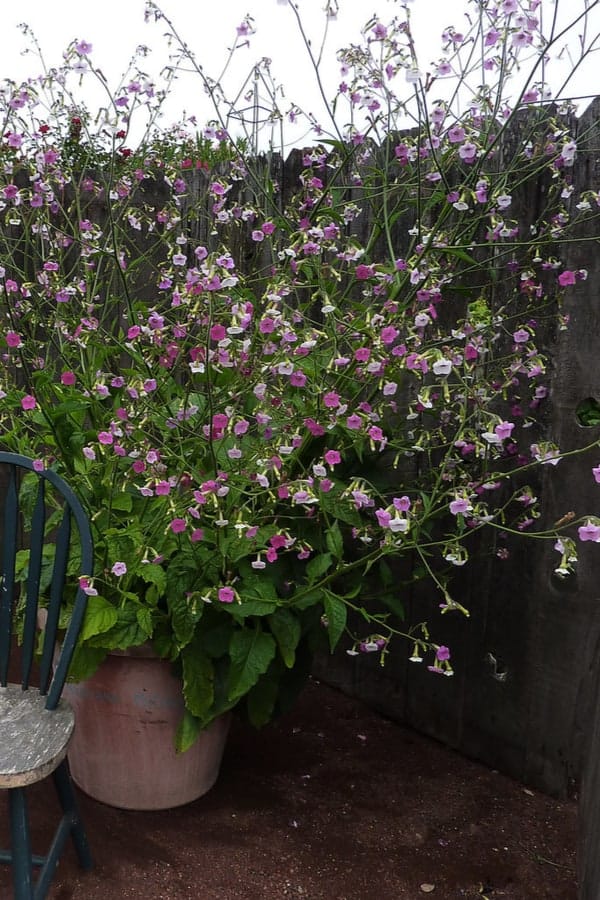
This lovely, upright bushy annual produces flowers which color changes over time. You will enjoy huge oval foliage forming basal rosettes on a 6 to 8 feet (1.8 – 2.4 m) tall stem.
From each of them grows branching stems full of cloudy-white tubular flowers, which are unfortunately unscented. With maturing, blooms become shaded-dark pink and look like candelabra.
Unlike the scented types of Nicotiana, this variety needs hummingbirds for pollinating.
Nicotiana langsdorffii
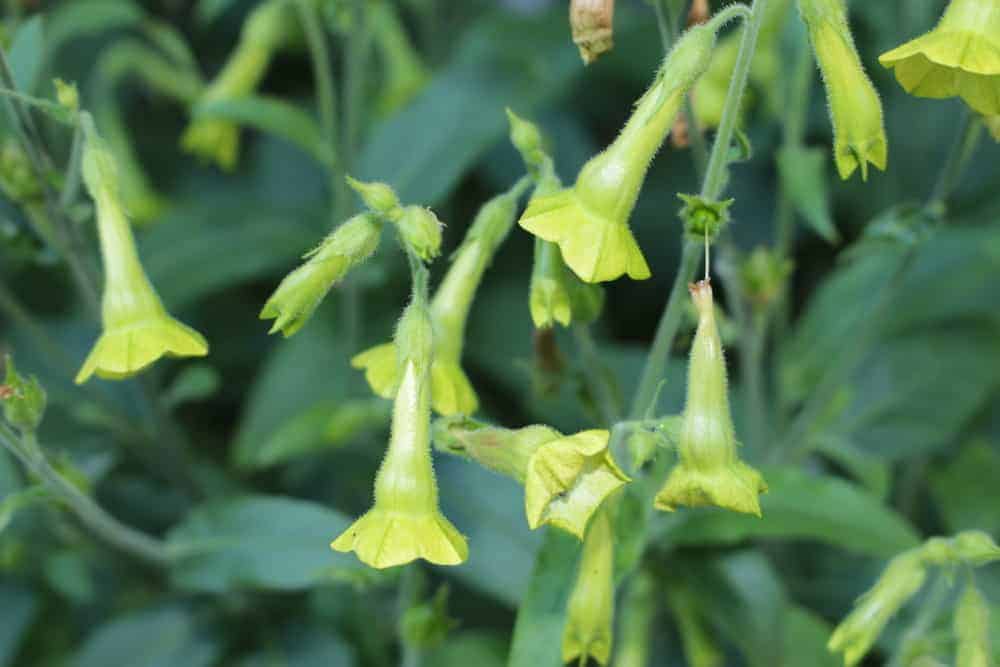
This green-flowered variety, well-known as Langdorff’s tobacco plant, is a robust half-hardy annual. You can quickly recognize its pendulous, scented, apple-green blooms and bold oval leaves on a 4 to 5 feet (1.2 – 1.5 m) tall stem.
Nicotiana sylvestris
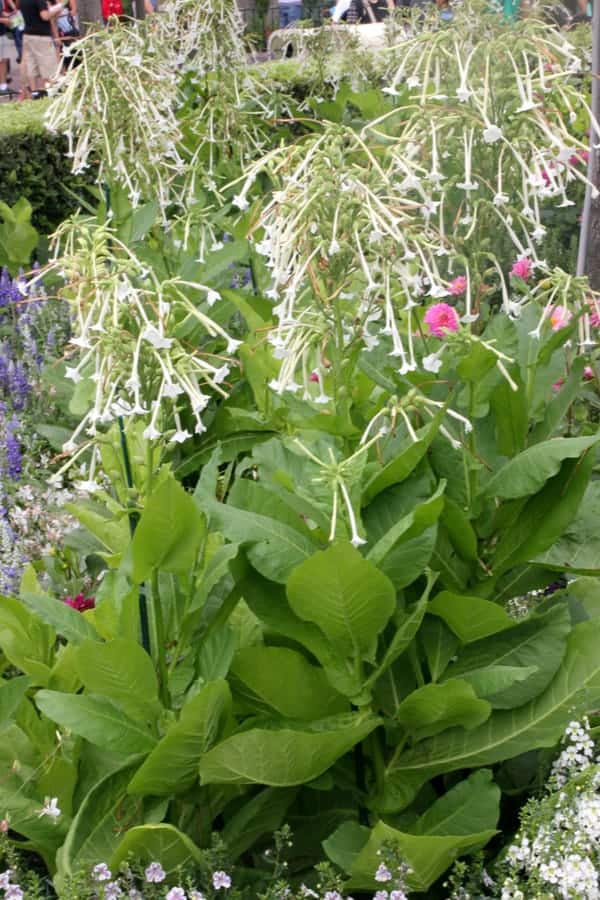
Well-known as Woodland tobacco plant, this half-hardy biennial usually grows up to 5 feet (1.5 m) tall.
You won’t go wrong if adding this stylish plant with hardy stems and lovely green, 12 inches (30.5 cm) long foliage to your garden. Nice, white, highly fragrant 4 inches (10 cm) long flowers, organized in clusters, will make your days during the whole summer.
Nicotiana knightiana
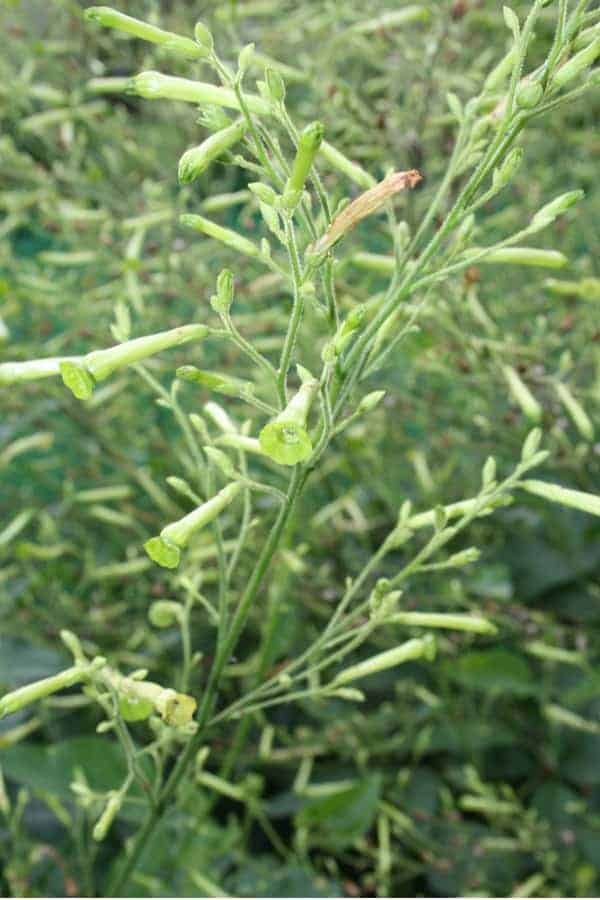
This upright, approximately 3 to 5 feet (0.9 – 1.5 m) tall plant, has lovely tiny yellow and green tubular blooms. They are faced upward and elegantly arranged on long, hardy stems.
Nicotiana noctiflora
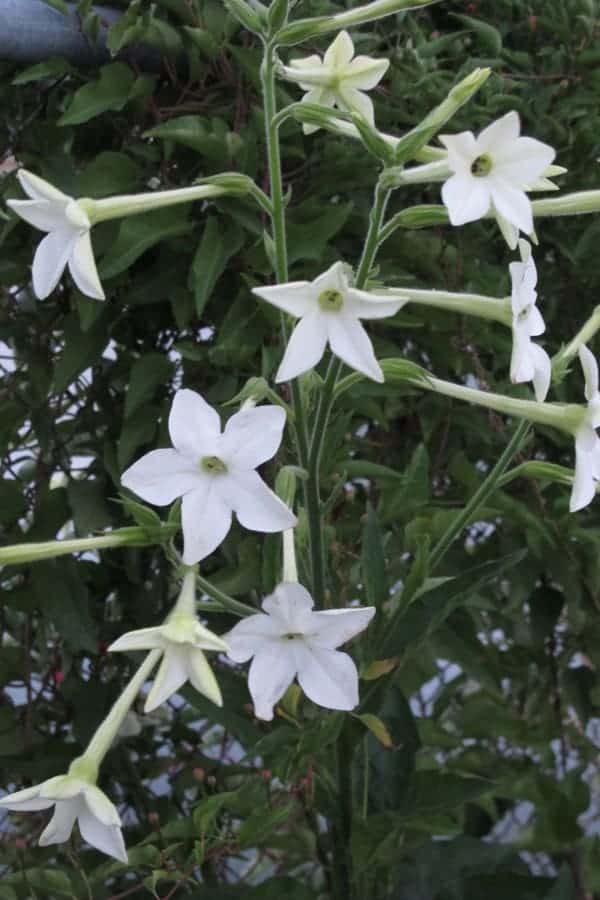
With an average height of 2 feet (61 cm), this night-flowering tobacco plant is one of the smallest varieties you can find on the market. At the same time, this is the most fragrant Nicotiana, and you will love it.
From basal rosettes rise long, thin branches with clusters of white and delicate tubular blooms. You can enjoy them from summer to the end of the fall.
Hybrid Nicotiana cultivars
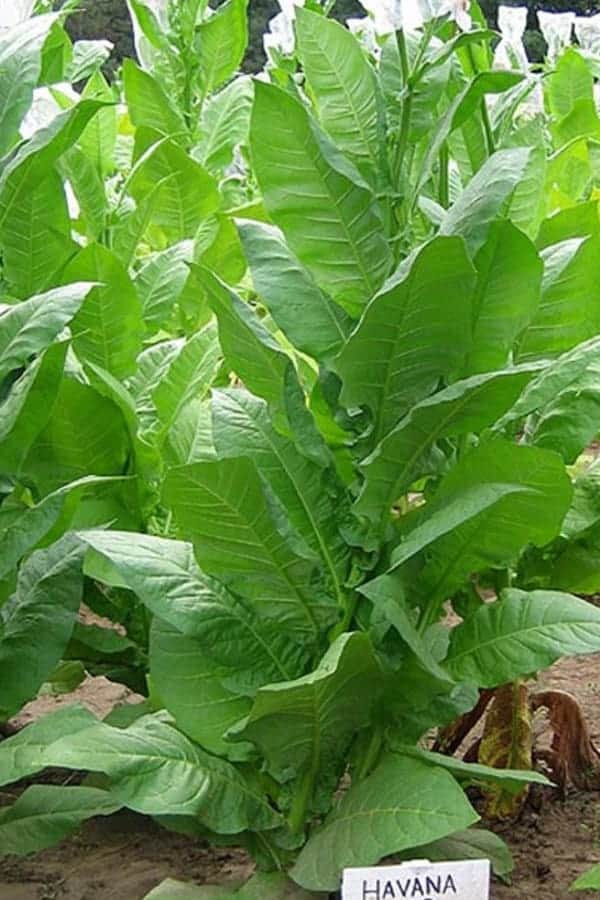
By using Nicotiana alata as the parent plant, scientists made some beautiful dwarf hybrids of Nicotiana. All of them are members of one of the following series with non-fragrant blooms:
- Domino
- Starship
- Havana
- Metro
- Merlin
My favorite one is:
Nicotiana x sanderae
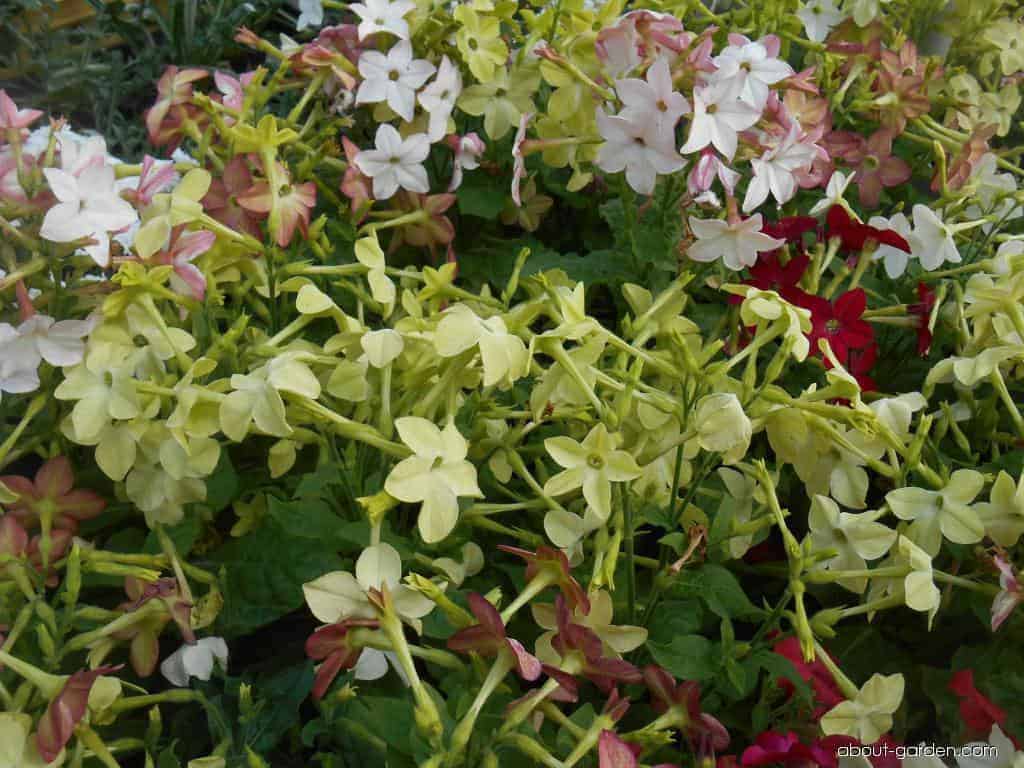
That impressive, 15 inches (38 cm) tall bushy variety is more compact than others. Gardeners usually use it as a colorful bedding flower. It seems to me that this newer hybrid is made to be weatherproof, which makes it an ideal choice for colder regions.
You will enjoy its colorful mixture of brightly colored tubular blooms and lovely green, ovate foliage. Dense clusters of lightly scented flowers are open all day long, making your garden extraordinary beautiful.
How to Plant Nicotiana in Your Garden
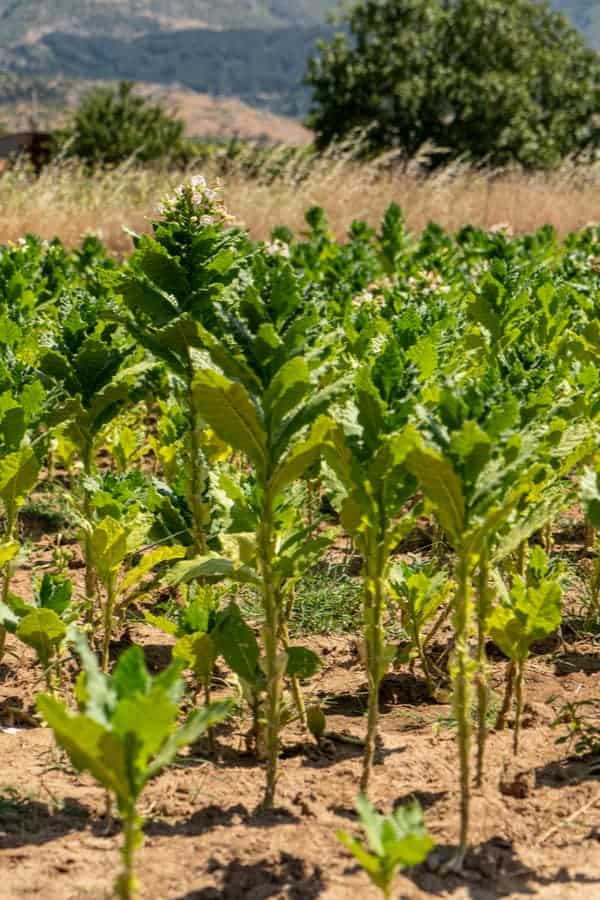
Nicotiana is one of the rare gardening flowers which exclusively grow from seeds. If you don’t want to bother with the whole process, you can simply go to nursery or greenhouse and purchase seedlings of desired hybrid cultivars.
In general, the process of sowing is not complicated at all. Place seeds directly into the soil after the last frost in spring. Pick out the nice, sunny place with partial shadow in afternoons for your plant.
Before sowing, you should check the quality of the soil. This shrub needs the fertile, well-draining ground for healthy and vigorous growth.
If you want to plant a few varieties together, you should space them properly. Sow seeds 6 to 12 inches (15 – 30.5 cm) apart when choosing shorter plants. For taller types, it is necessary providing at least 3 feet (0.9 m) space between stems.
If you can’t wait the moment of blooming, you can start your seeds earlier, and sow it indoors about two months before the growing season begins. Then transplant young plants outdoors after the last frost in spring.
Regardless of which method you choose, you should gently place seeds in the surface of the ground. Since the seeds are really tiny, you can mix them with sand to make the manipulation more comfortable and practical. Cover them with 0.12 inches (0.3 cm) of starter or fertile soil from your garden.
Take care to water your seeds regularly and keep the temperature around 21 F (-6 C), and they will germinate within a few weeks. Never water sowed seeds directly, but add liquid in a pot tray to prevent their flushing or damaging.
Also, provide artificial light if you grow Nicotiana indoors to encourage faster germination. You shouldn’t fertilize the soil too much to avoid the growth of leggy leaves and stems without flowers. In fact, excessive feeding at an early stage of growth may prevent blooming.
Nicotiana and Plant Adaptation
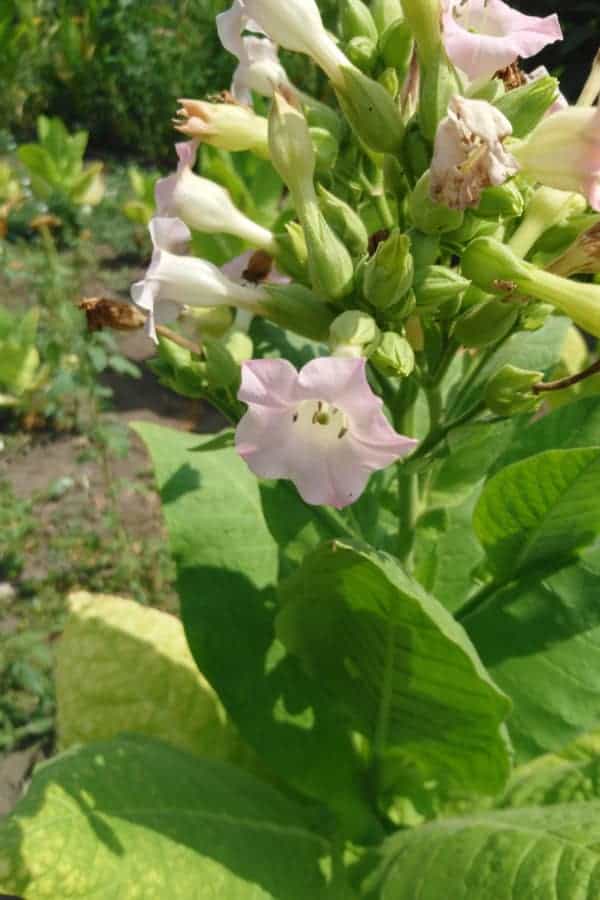
Nicotiana needs pollinators to reproduce and spread in the wild. Therefore, it adapted to the environment and started producing blooms of various colors, shapes, and sizes. That way, nature created the possibility that different insects can pollinate these flowers.
For example, pale blooms with long petal tubes attract hawk moth thanks to their heavy, seductive scent.
Most bright red, unscented varieties highly popular in the southern states of the US, have short petal tubes which suit to hummingbirds.
The second important thing is to take care of the plants growing around your Nicotiana. As a nightshade plant from the Solanaceae family, it is a relative to tomatoes, eggplants, and peppers.
Since these relatives ‘share’ fatal tobacco mosaic virus, try to separate them as much as possible to prevent this severe disease.
Also, always keep in mind that the production of nicotine takes place in the roots of this plant. Consequently, you can find a high concentration of this chemical compound in the foliage and nectar of Nicotiana.
It is an excellent feature since this, basically toxic substance, is natural repellent which deters most pests from the plant. The problem is that nicotine negatively affects pollinating insects as well. Consequently, it prevents its own pollination. Weird, ha?
However, different varieties of this plant have adapted over time. Some of them reduced the level of nicotine in their leaves. That way, they allow insect-pollination without any disturbance. The other ones kept a high level of nicotine but became self-pollinating plants.
It’s up to you which variety you want to grow in your garden. If you want a lot of beneficial insects to enrich your yard, try to choose less toxic, insect-pollinated species.
How to Care Nicotiana in Your Garden
Soil

Nicotiana requires well-drained, fertile, and moist ground. It should be light with an excellent level of airflow.
Light
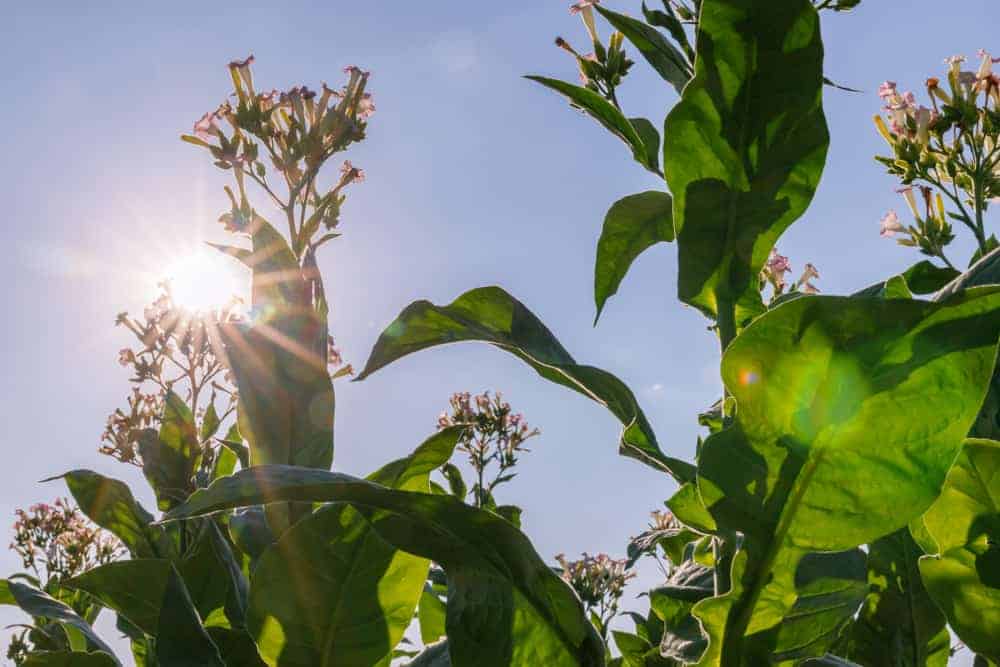
Flowering Nicotiana will thrive if you provide a space in full sun for it. It would be great if your plant can get part shade during hot summer afternoons. Since it is a tropical flower, you should protect it from coldness and harsh wind.
Temperatures
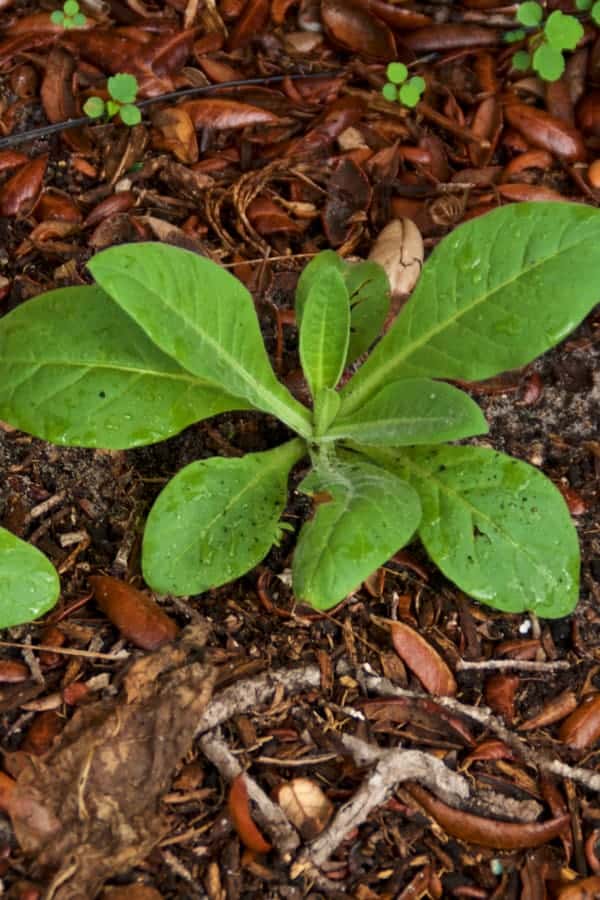
If you live in a cold region with temperatures lower than 50 F (10 C) during winters, you should cover the ground around your flowers with a thick layer of mulch. Nicotiana can’t stand chilly weather, and it is highly sensitive to frost.
Watering
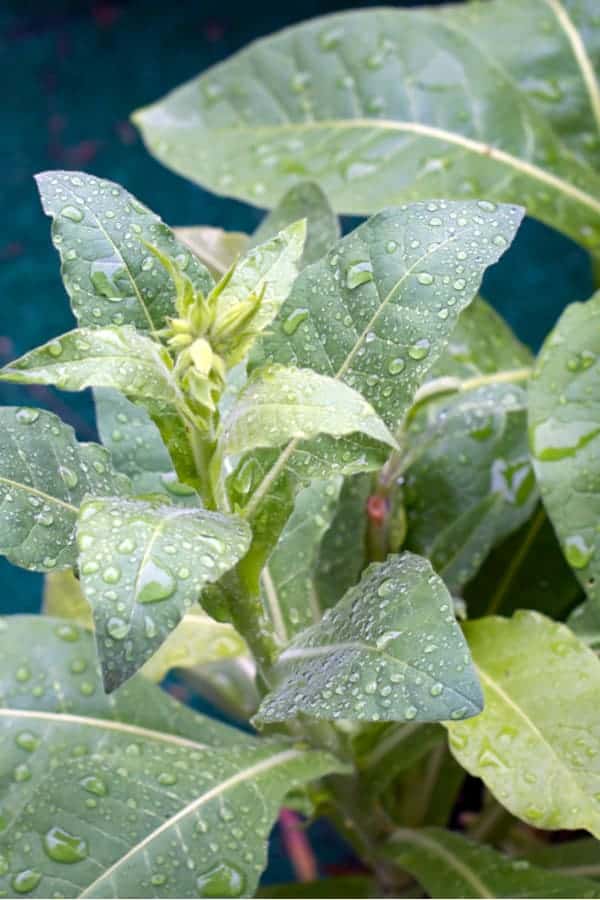
Even though this plant can tolerate drought for a while, it generally requires consistent moist to thrive and grow healthy.
Try to provide about 1 inch (2.5 cm) of water weekly with a gardening hose or through irrigation. You don’t need watering your Nicotiana during the raining period.
Fertilizing
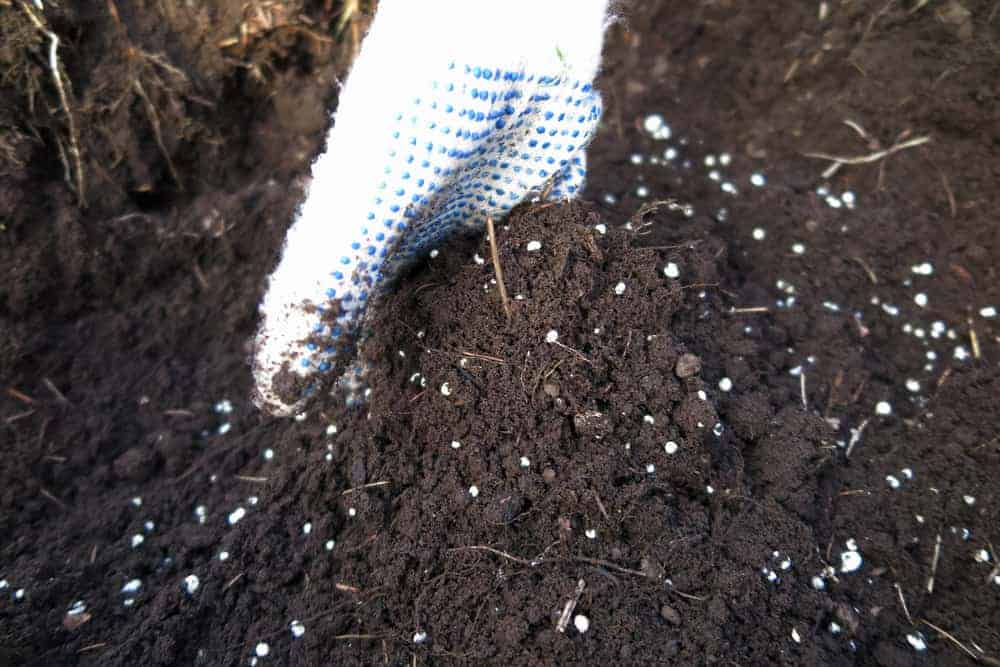
Nicotiana will thrive if you add some quality fertilizer high in phosphorus into the ground before sowing seeds. After that, keep feeding your plant once a month by the end of the growing season.
I prefer applying a 1 inch (2.5 cm) thick layer of well-rotted manure once my seedlings establish. The goal is helping the root to grow and strengthen properly, and to encourage abundant blooming throughout summer.
Mulching
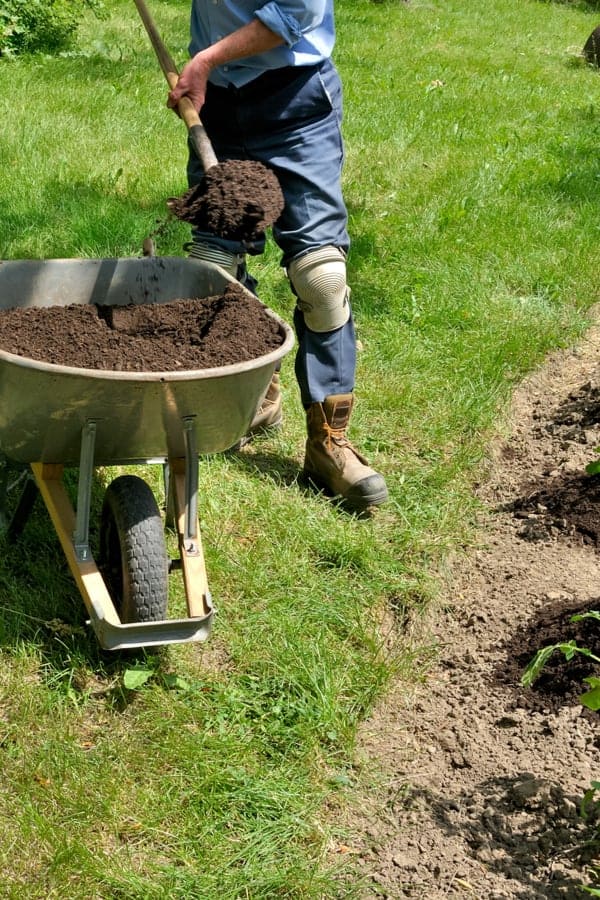
Always add a layer of mulch around your plant, especially if you live in a colder region. The best moment is the end of the season of growth.
Mulching Nicotiana with natural organic compost is an ideal way to protect your flower, retain the necessary moisture, and add some nutrients in the soil at the same time.
Supporting
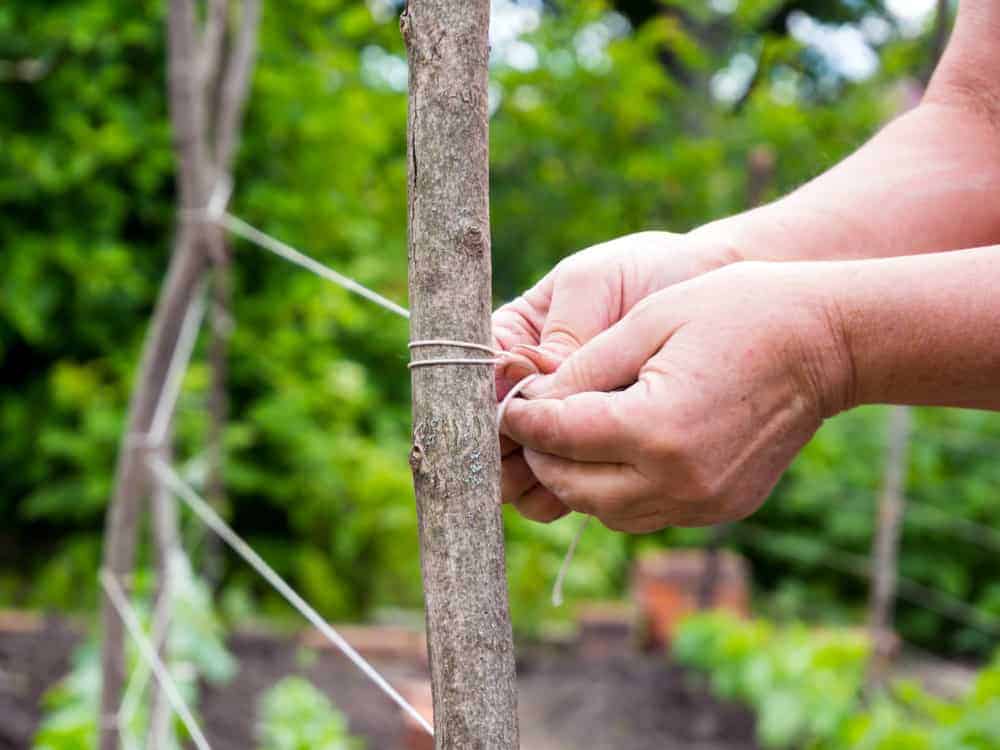
Since Nicotiana is quite a tall plant, you should give it adequate support. Some solid gardening stakes will help your plant stay firm and healthy even in windy areas.
Pruning and deadheading
In general, Nicotiana doesn’t require pruning, except if you grow tall, old-fashioned varieties. The only thing you should do is to remove withered blooms to stimulate new flourishing.
Also, don’t forget the final deadheading at the end of the growing season. Avoid that process if you want self-seeding of Nicotiana for the following year.
Nicotiana Pests and Diseases
Tobacco mosaic virus
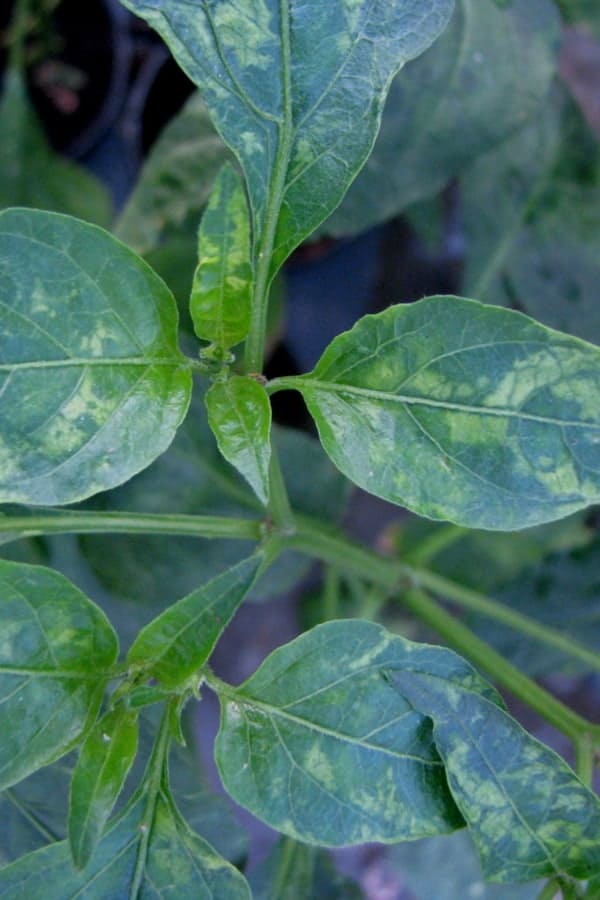
Once infected, young foliage becomes distorted and full of pale-yellow or dark-green spots. At the same time, you will notice dead areas resembling rust on the older leaves.
Be careful because you can spread the virus from one plant to another with hands and gardening tools. Avoid smoking while handling these plants and eliminate infected ones as soon as you see the first signs of disease.
Blackroot rot
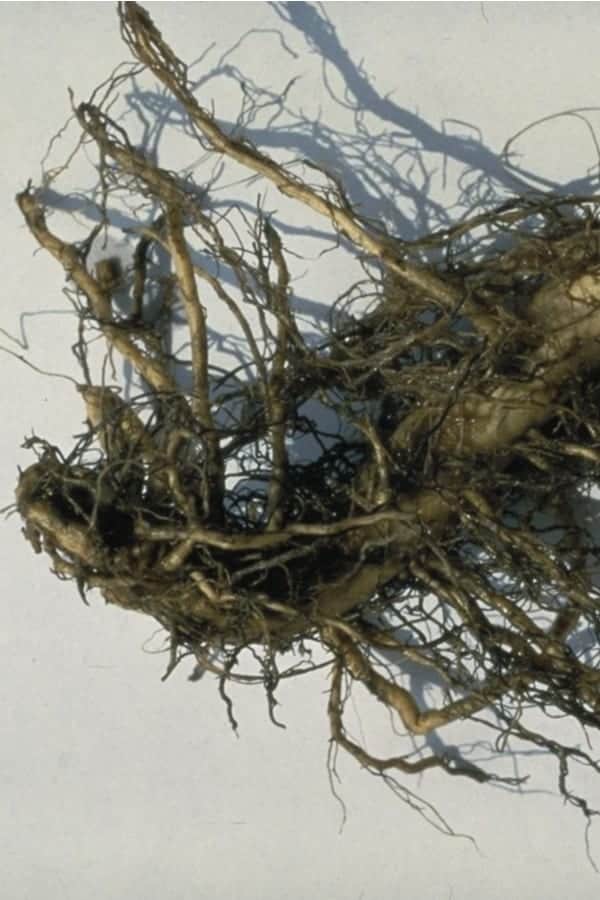
When fungi attack your plant’s roots, it will get full length blackened areas, and you will notice irregular growth of your Nicotiana. The best prevention of this disease is crop rotation every two to three years.
Also, the ideal condition for fungi is wet soil. Therefore, you can help your flower if avoiding planting before the temperatures are not high enough.
Blue mold
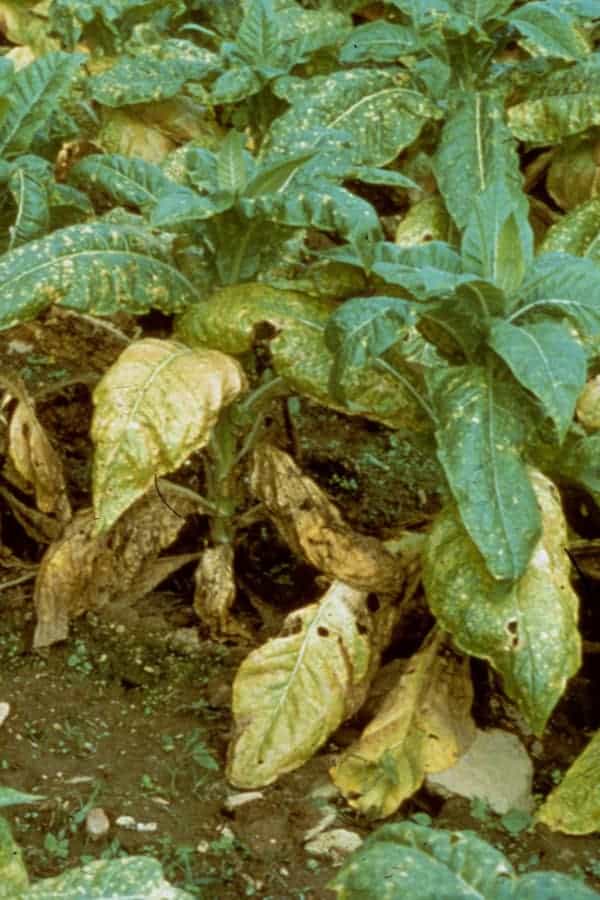
This disease affects foliage. You will see pale to watery gray and finally brown leaves on your plants. On their underside appears blue or gray mold.
There is no therapy for this condition. The only thing you can do is to destroy affected plants.
Aphids
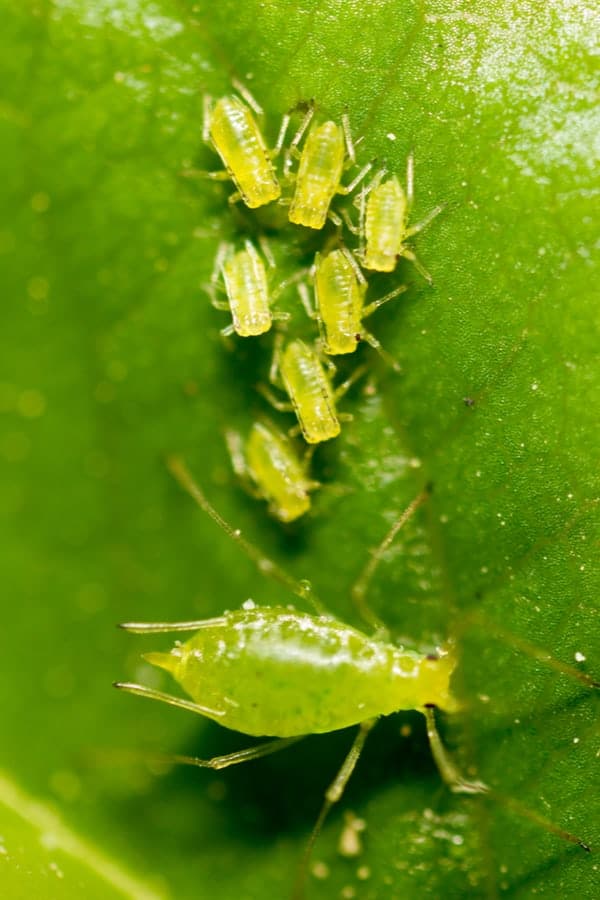
Unfortunately, these creatures infect flowering Nicotiana very often. Try to destroy them with dish detergent solution or with some highly-effective insecticide.
Tobacco hornworm
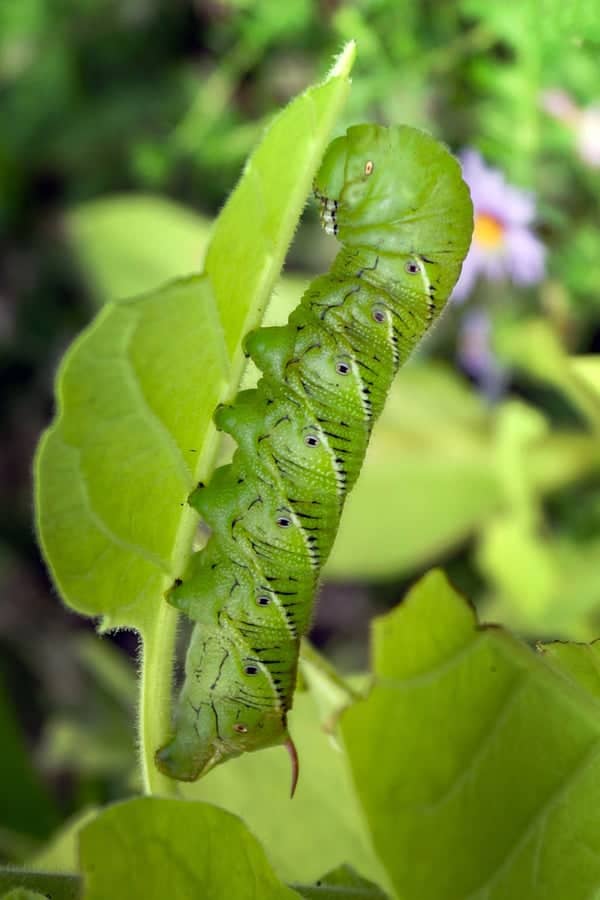
Larvae Manduca quinquemaculata feed on tobacco foliage. When caterpillars become large enough, they start consuming a considerable amount of leaves.
You can solve the problem by handpicking them or attracting their natural enemies in your garden.
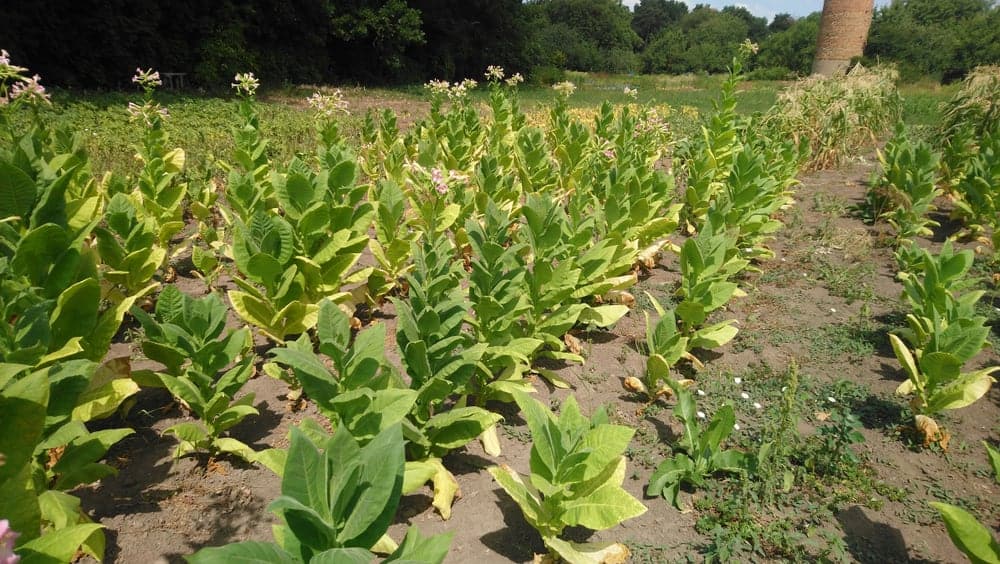
Great article, thank you! Where can I buy the Nicotiana noctiflora in the U.S.?